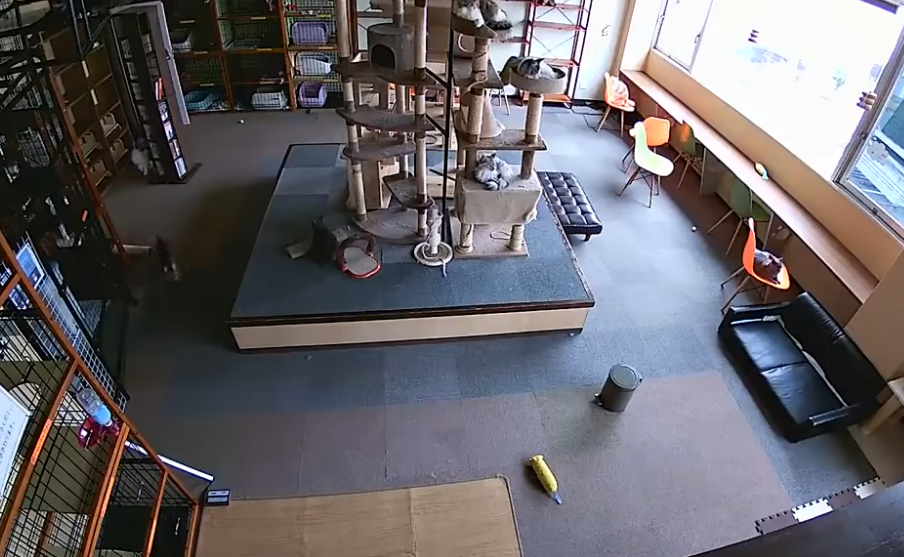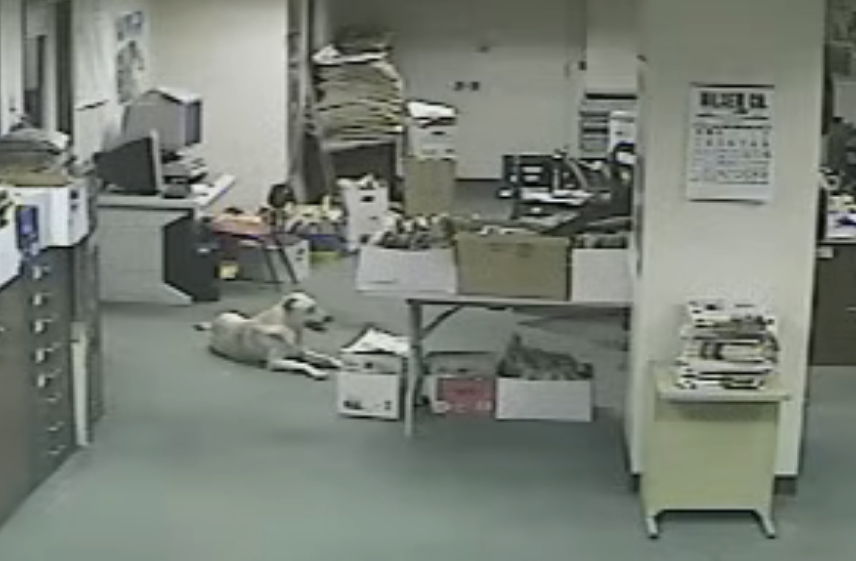Looking at the news this morning and I saw that Japan had a 7.5 earthquake just off it’s west coast and for some reason it reminded me of the 1989 Loma Prieta Earthquake in California.
I remember that earthquake in particular because it happened on my birthday and I still knew folks who lived in California.
I had a friend who had lived in Fremont at the time and he told me that just before the earthquake struck, his dog had been barking at the ground and wanted to come inside.
I don’t think I’ve ever seen weird animal behavior as a precursor to any certain disaster, but the documentation of that behavior goes back centuries.
The earliest recorded reference to unusual animal behavior prior to a natural disaster dates back to 373 BC, when the Greek historian Thucydides reported rats, dogs, snakes, and weasels deserting the city of Helice in the days before a catastrophic earthquake.
Science has come a long way since 373 BC, and what it tells us is somewhat rather interesting.
One of the most important investigations into how animals might predict disasters was carried out six years ago by a team led by Martin Wikelski from the Max Planck Institute of Animal Behavior in Germany. The study involved recording the movement patterns of different animals (cows, sheep and dogs) – a process known as biologging – on a farm in the earthquake-prone region of the Marches in central Italy. Collars with chips were attached to each animal, which sent movement data to a central computer every few minutes between October 2016 and April 2017.
During this period, official statistics recorded over 18,000 quakes in the region, from tiny tremors measuring just 0.4 magnitude up to a dozen quakes notching 4 or above – including the devastating magnitude 6.6 magnitude Norcia earthquake.
The researchers found evidence that the farm animals began to change their behavior up to 20 hours before an earthquake. Whenever the monitored farm animals were collectively 50% more active for more than 45 minutes at a stretch, the researchers predicted an earthquake with a magnitude above 4.0. Seven out of eight strong earthquakes were correctly predicted in this way.
I guess my friend in Fremont wasn’t kidding when he said his dog was barking at the ground just before the Loma Prieta Earthquake.
Science says that earthquakes are invariably preceded by a period when severe stresses arise in deep rock – stresses known to create electronic charges called “positive holes”. These highly mobile electronic charge carriers can flow quickly from the crust to the Earth’s surface, where they ionize air molecules above where they appear. Such ionization has been noted prior to quakes across the globe. As these positive holes flow, they also generate ultra-low frequency electromagnetic waves, providing an additional signal that some animals may be able to pick up.
Likewise, just days before the 7.7 magnitude Gujarat earthquake in India in 2001, a surge in carbon monoxide levels was picked up by satellites over a 39 square mile region centered on what turned out to be the epicenter of the eventual quake.
Many animals are equipped with highly developed sensory apparatus that can read any number of natural signals on which their lives may depend – so it seems perfectly plausible that some animals may be able to pick up any earthquake or other natural disaster precursors. Unpleasant chemicals could be sniffed out, low frequency waves picked up, and ionized air sensed by sensations in fur or feathers.
Humans have a longstanding attachment to the belief that animals can know if an earthquake or other natural disaster is on the way.
In 2014, scientists tracking golden-winged warblers in the US recorded a startling example of what’s known as an evacuation migration. The birds suddenly took off from their breeding ground in the Cumberland Mountains of eastern Tennessee and flew 435 miles away – despite having just flown 3,100 miles in from South America. Shortly after the birds left, a terrifying swarm of over 80 tornadoes struck the area, killing 35 people and causing over $1bn in damage.
Meteorologists and physicists have known for decades that tornadic storms tend to make very strong infrasound that can travel hundreds of miles.
Horses were said to have run off in panic just prior to the San Francisco earthquake of 1906 and minutes before the Naples quake of 1805, oxen, sheep, dogs and geese supposedly started making alarm calls in unison.
Immediately after the the 2010 tsunami generated by a subsea quake near Sumatra, elephants instinctively ran for higher ground, Flamingos abandoned their low-lying nesting areas, and dogs refused to go outdoors. The people that followed the animals survived.
Though some animals in and of themselves are pretty good at reading the natural order of things with regard to detecting imminent disasters, I don’t think I’ll be asking my dog what tomorrows weather will be any time soon. At the same time I won’t go about totally ignoring my dog either. Like my friend in Fremont, we come to know and we are pretty close to our pets. Close enough in fact to know when something might be a bit off.
We may not know by what exact means animals use to detect impending doom or disaster, but the evidence of them being able to deserves a great deal of looking into as far as I’m concerned.
Animals are able to detect the first of an earthquake’s seismic waves—the P-wave, or pressure wave, that arrives in advance of the S-wave, or secondary, shaking wave as evidenced in the videos below:
Earthquake Cats:

Earthquake Dog:

… as an aside, I think the cat video is probably the best one because … you know … cats.






